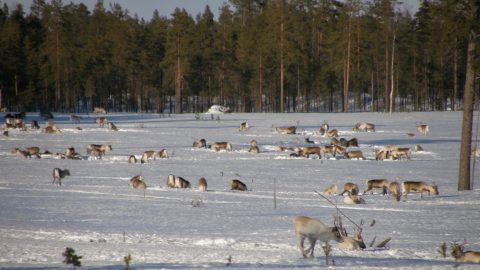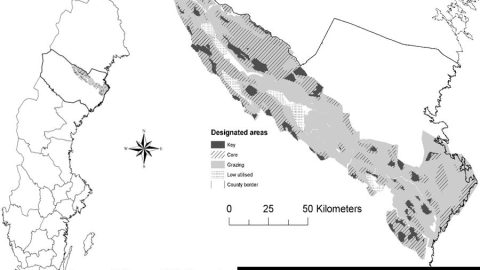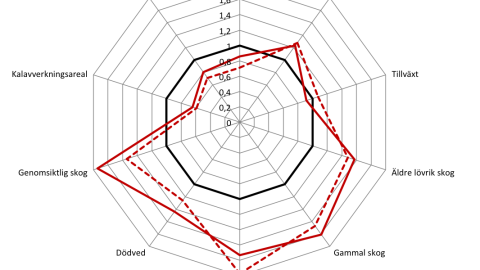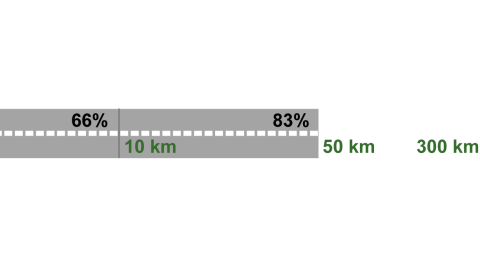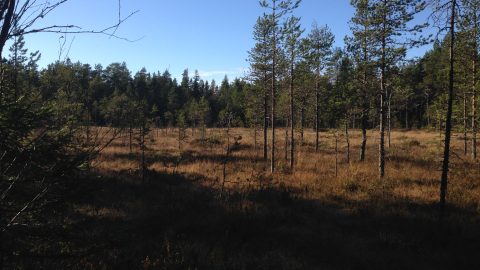The way a forest is managed is an active choice. Researchers have shown, based on “real-world” data combined with the use of an advanced forest decision support system, that forestry that follows the recommendations of the Swedish Forestry Act yields…

Author: Torgny Lind
Forestry adapted to reindeer husbandry good for carbon sequestration
Forest management that is adapted to the reindeer husbandry leads to an increased standing volume and larger carbon sequestration in the forest as well as improved conditions for reindeer grazing, but also to a reduced potential for felling, employment, and revenue…
How forest is managed cannot be thrown into one big pot
Taking into consideration how forest owners actually intend to manage their forests, felling volumes will be 14% lower in the future while ecological values will benefit. Forest owners manage their forests in different ways. Management strategies can vary from nature…
Who are forest owners and where do they live?
The typical forest owner lives in the same municipality where his/her forest property is located, has no more moves planned, and is a bit older than the general population. The new forest owner tends to be a younger woman, with…
Size of forest property dictates choice of forest management
When it comes to factors that affect how private forest owners choose to manage their forest, distance to the estate, income, profession or gender seem to be of a secondary nature compared to the size of the estate. Half of…


